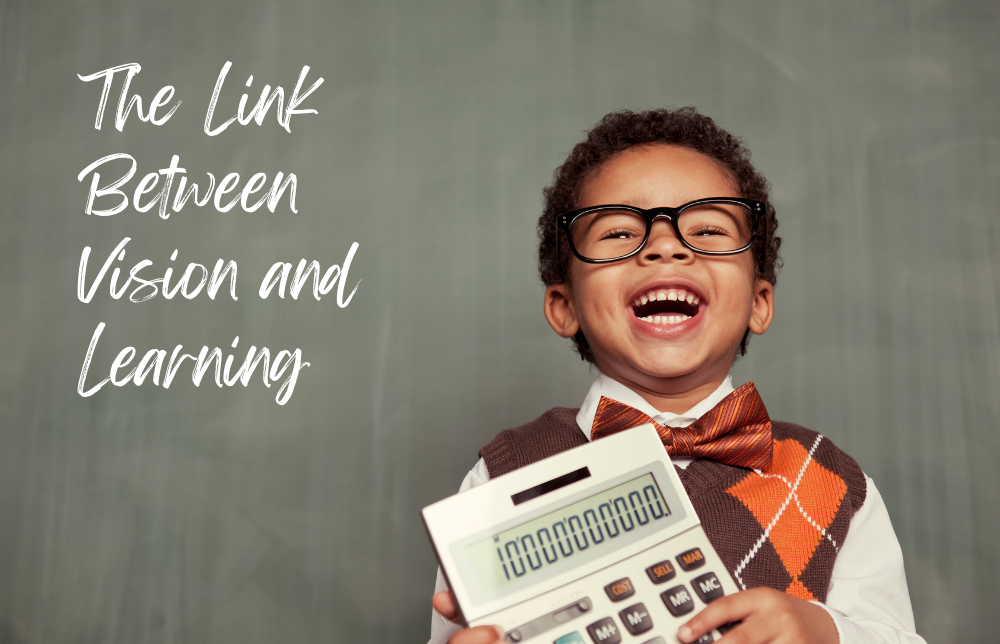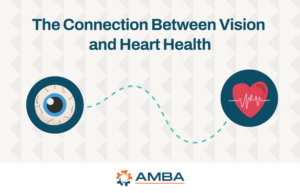Undiagnosed vision issues can cause problems at any age. However, researchers are gaining more evidence of how debilitating these vision issues can be for children and their learning.
1 in 4 Children Has an Undiagnosed Vision Problem.
From books to computer screens, most of a child’s learning is visual. Vision impairments can affect learning ability, social interactions, confidence, and more.
Because children are unaware that what they’re seeing may not be normal, they may be unlikely to say they’re having trouble seeing. Children’s eyes change as they grow, so a kid with no known vision problems as a toddler may begin having issues in just a couple of years.
Vision Problems and Learning
When left unaddressed, vision problems can make reading and writing frustrating, uncomfortable and even isolating for children. Children who have issues seeing a chalkboard in the classroom may develop symptoms such as headaches and take longer to do their schoolwork. Other issues can include an inability to concentrate (frequently mistaken for daydreaming or Attention Deficit Disorder) or, because vision problems make tasks more difficult, avoiding doing homework.
Regular eye exams can make a crucial difference. Especially in these formative years, vision plays an essential role in a child’s ability to learn and excel.
The need for healthy vision never goes away. Healthy vision as adults helps us remain active in our communities, safe drivers, and maintain our independent lifestyle. That’s why the Vision Plan from ASBA is so important. The plan provides quality coverage with low copays for the services you need, including coverage for a WellVision exam every 12 months.




